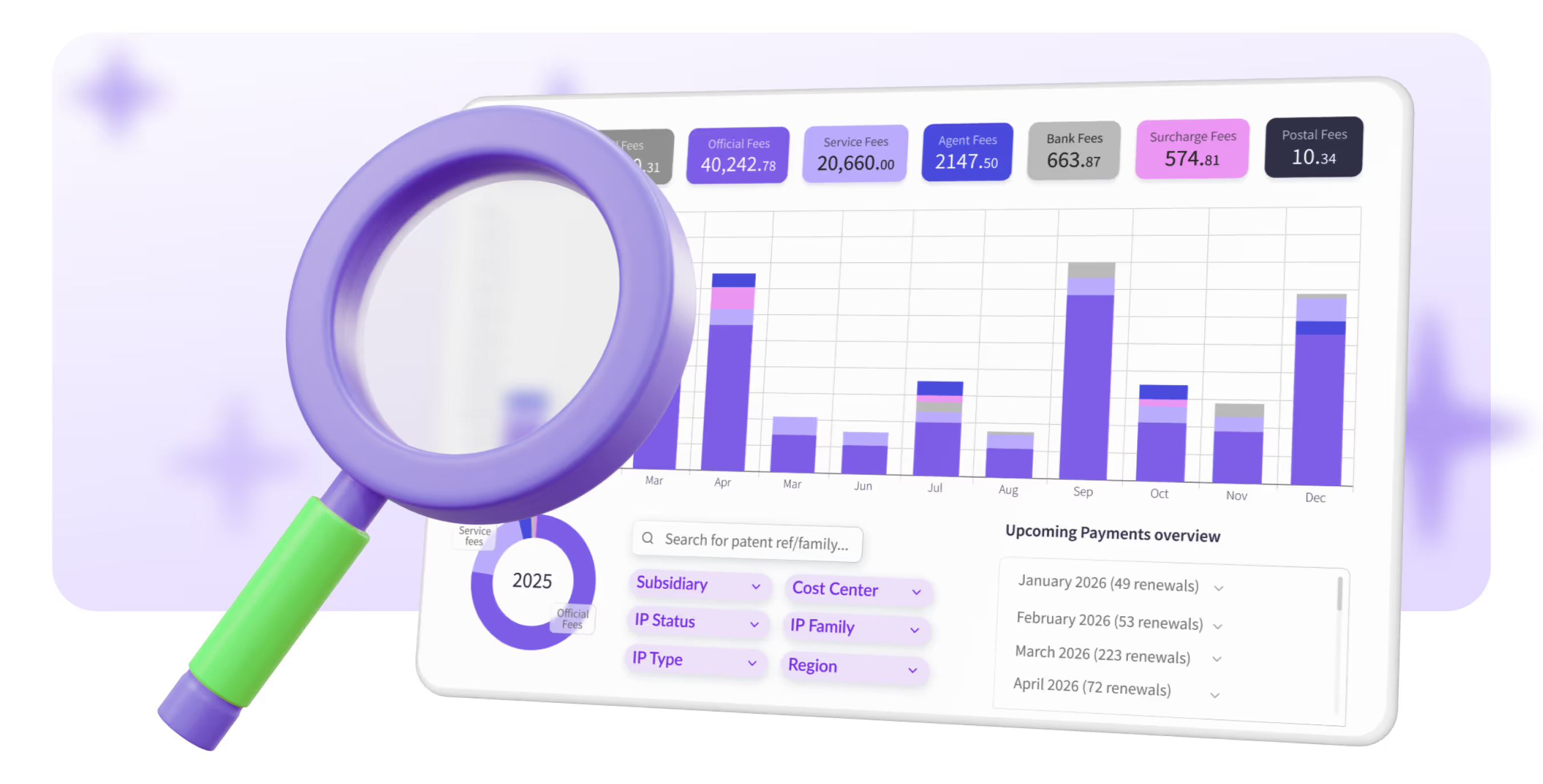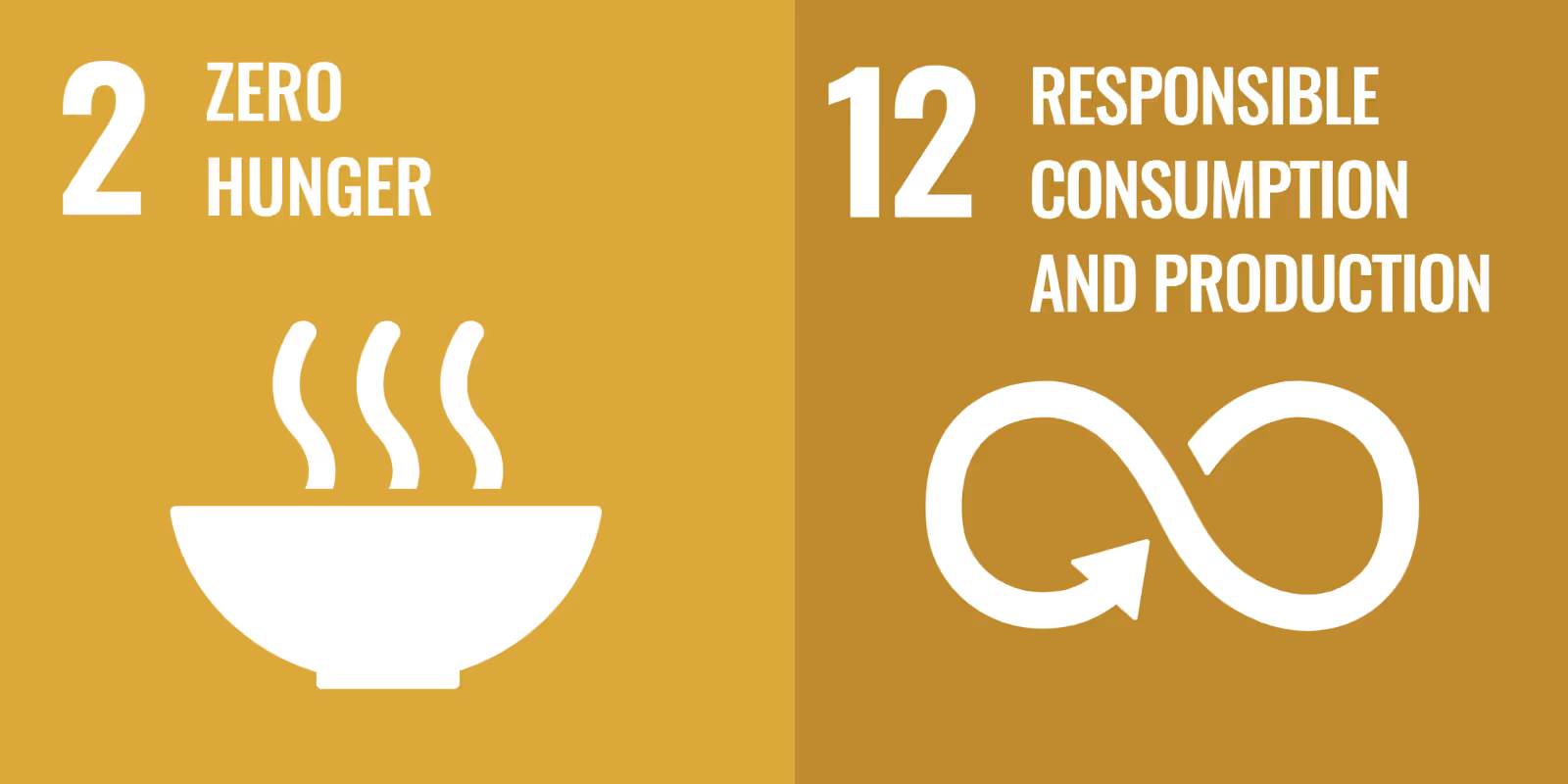TRY OUR NEW (FREE) IP RENEWAL COST CALCULATOR
Calculate
.avif)
The Sustainable Development Goals (SDGs), set by the United Nations, are like a collective to-do list for the world, urging us to tackle various global challenges by 2030. Covering everything from poverty and hunger to health, education, clean water, and the environment, these 17 goals guide us toward building a better and more sustainable future for everyone.
In today's rapidly evolving landscape, the importance of intellectual property cannot be overstated, especially when viewed through the lens of advancing the SDGs. Intellectual property acts as a catalyst for innovation, protecting the rights of inventors while also encouraging a competitive environment.
By providing inventors and organizations with exclusive rights to their creations, the intellectual property system encourages them to advance in technology that nurtures the SDGs. Intellectual property not only fosters economic growth but also addresses critical challenges outlined in the SDGs, such as clean energy, healthcare accessibility, and environmental sustainability.
In this big plan, intellectual property rights step in as advocates, creating an environment that supports innovation and sustainable practices by encouraging inventors and creators to come up with solutions that fit right into the SDGs. Patents, utility models, and registered designs protect inventions and by that contribute to leading innovation in many different fields connected to the SDGs like agriculture, renewable energy, and healthcare.
Another type of intellectual property, copyrights, safeguard for example educational resources helping advancements in providing quality education around the globe.
Having exclusive rights to what they create gives inventors the confidence to take risks, invest in research and development, and make meaningful contributions to global sustainable development.
So, when we talk about sustainable development, it turns out that intellectual property is a key player, paving the way for a greener and more innovative world.
Now, let’s have a look at some of the Sustainable Development Goals that are impacted by IP.

SDG 13, focusing on climate action, witnesses an important role played by the intellectual property industry in advancing environmental sustainability. The IP sector actively champions climate action by promoting the development of green technologies and fostering environmentally friendly innovations.
Through robust IP protections, this industry facilitates the seamless transfer and widespread adoption of sustainable practices, thereby contributing significantly to the global endeavor to combat climate change. The legal safeguards provided by intellectual property frameworks not only incentivize the creation of eco-friendly solutions but also accelerate the dissemination of these crucial technologies on a global scale.

The link between intellectual property and innovations in renewable energy is growing stronger. Patents, in particular, play a crucial role in driving advancements in solar energy innovation, such as technology advancing the efficiency of solar panels or solar windows, wind energy innovation, including the various patented technologies used with wind turbines, and constantly upcoming other sustainable technologies like grid integration or tidal energy. The protection of these innovations and their patents is crucial in the goal of having affordable, reliable, sustainable, and modern energy for all.

According to UNESCO, in 2023 almost 2 billion people lack daily access to clean water, 3.6 billion lack access to safely managed sanitation.
This fact highlights the urgent need for innovations and IP regarding efficient water management systems. Therefore, innovative technologies related to clean water and sanitation, such as waterless sanitation systems or eco-friendly sewage treatment, contribute to the development of sustainable sanitation practices. The implementation of smart water metering and greywater recycling systems on residential and industrial level could be a great start to promote water conservation.

In the context of healthcare and well-being (SDG 3), intellectual property emerges as a key driver of progress. Patents and IP rights support the development of medical technologies and pharmaceuticals, bringing transformative benefits to our global health. These protections not only encourage research and development in the medical field but also facilitate the widespread dissemination of life-saving innovations. Therefore, it can contribute to the overarching goal of promoting good health and well-being all around the world.

Shifting our focus to sustainable food production, intellectual property takes center stage in addressing SDGs related to hunger and responsible consumption. For example, patents and IP rights encourage researchers and innovators to find better ways to grow crops, inventing new farming tools, and practice sustainable farming. These new technologies and practices will help in producing more food which will result in better food distribution as well (nurturing SDG 2 and 12). The safeguarding of these innovations ensures that we can meet the growing demand for food while minimizing environmental impact, fostering a more sustainable and resilient food system.
Now let's look at how intellectual property brings both challenges and opportunities to these Sustainable Development Goals.
One of the primary challenges lies in ensuring accessibility and equitable distribution of innovations. While intellectual property protection is crucial for incentivizing innovation, it often raises concerns about accessibility, particularly in the context of essential technologies and medicines. Striking a balance between protecting intellectual property rights and ensuring that advancements reach those who need them most remains a complex challenge on the path to sustainable development.

Besides these challenges, there are significant opportunities for businesses and innovators to leverage IP for sustainable development. By committing to SDG 17, forming global partnerships, making licensing agreements, and working together on projects, they can make their innovations have a bigger and fairer impact. When businesses focus on responsible and sustainable practices, they not only help achieve the Sustainable Development Goals, but also become leaders in their industries.
The role of creating a supportive policy and legal frameworks is really important, so policymakers can encourage businesses and innovators to align their efforts with the principles of sustainable development.
Looking ahead to the future of intellectual property and its role in achieving the Sustainable Development Goals, collaboration plays an important role. Governments, international organizations, companies, and innovators need to act together to make a real impact. It's not just about what one group can do alone; it's about bringing together different perspectives and resources to find smart solutions that help us reach our global goals.
For businesses and innovators, it's time to produce new ideas and make innovations that help us to achieve the SDGs sooner. Committing to doing practices more responsibly, making sure ideas are shared fairly, and thinking about the long-term effects of your IP decisions are essential. By answering this call, we're setting the stage for a future where governments, companies, and innovators working together can make a real difference in creating a world that's more sustainable and fair for everyone.
If you are an intellectual property right holder yourself, and wish to optimize your IP portfolio budget by automating your patent, design and utility model renewals, check out the PatentRenewal.com solution. Save up to 50% on your renewals and redistribute funds to valuable research and development. Book a demo here or request a free price comparison.
Interested in a free IP renewal consultation? Benchmark your current IP renewal setup and costs against market standards.
